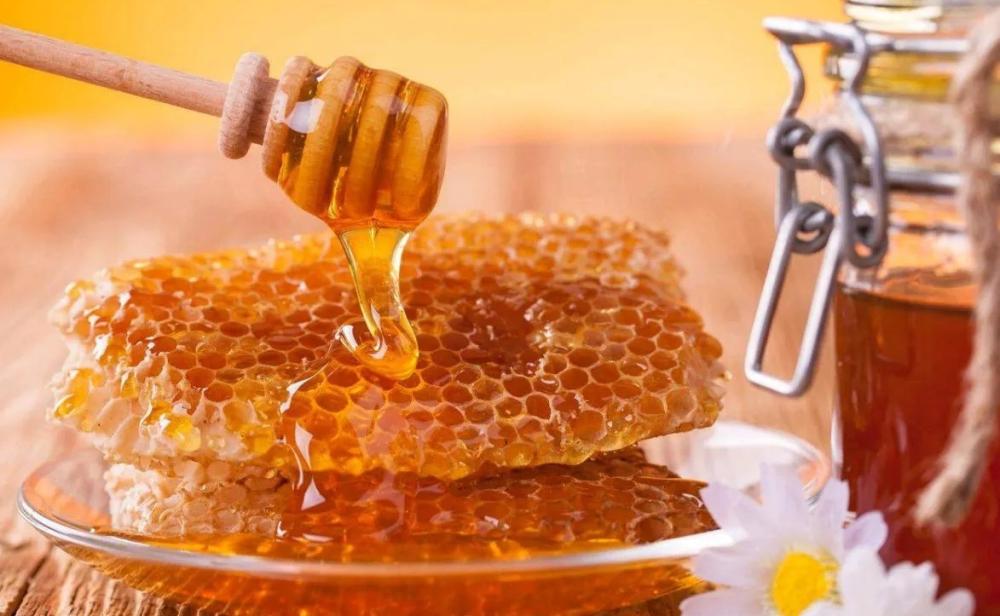|
Honey, as is well known, is the sweet substance that bees collect for their food during the winter. It is the oldest sweetener used by man, even before beekeeping, since he extracted it from wild bees. However, since ancient times, thousands of years before the time of Christ, as evidenced by archaeological finds, man learned to grow bees and exploit them. For thousands of years, it was the only sweetener on the human table. Around the 17th century, man learned to extract sugar from sugarcane stalks and, little by little, honey was replaced on his table by the less sweet sugar, for economic reasons. This, of course, has likely contributed to the rise in diabetes and obesity. Even today, societies that avoid the use of sugar have lower rates of diabetes.
The taste, color, texture and overall quality of honey mainly depend on two main factors: its botanical origin and atmospheric conditions. Depending on its source, we observe different characteristics:
Thyme honey has perhaps the most intense aromatic character, it is not very light in color and crystallizes with a moderate rhythm.
Heath honey is distinguished by a distinctive aggressive taste, has a dark color and crystallizes quickly.
Citrus honey has a characteristic taste and is light in color.
Chestnut honey is dark, bitter, has a characteristic aromatic note and contains many mineral salts, like all forest honeys.
As for atmospheric conditions, these are related to temperature, humidity and sunshine. High temperatures and low humidity help reduce the moisture content of honey, as bees condense it more easily, increasing its viscosity. Sunshine is also associated with the rate of nectar-secretion from flowers and its collectability by bees.
Table 1 shows a comparison between sugar and honey
|


